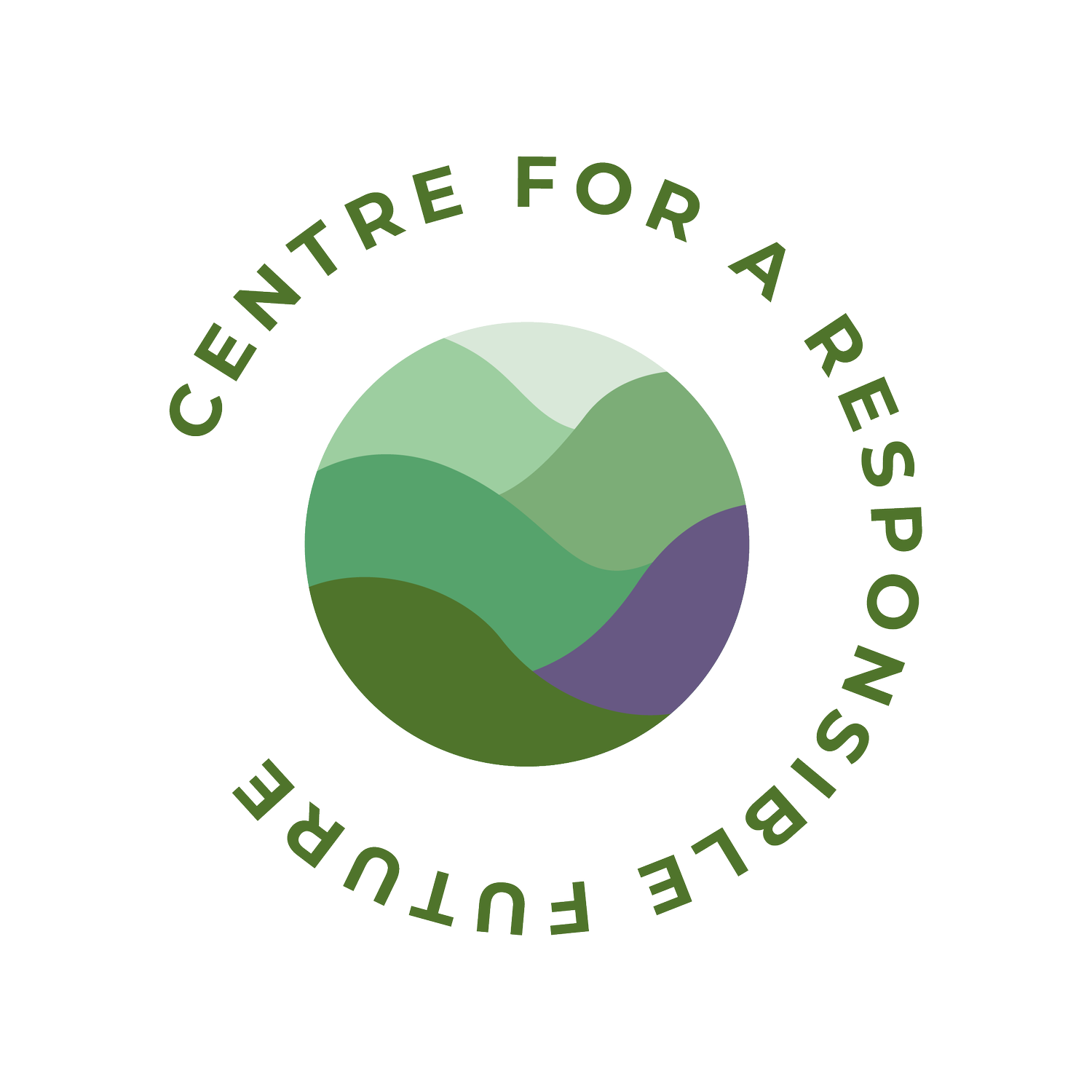
Save our Earth
Farming animals is making a hot mess of the planet. Here are things you’ll wish weren’t true (but luckily have the power to change).
Nearly 80% of the land cleared in the amazon is used for cattle grazing
Land Use
Commercial livestock occupies 26 percent of the earth’s surface, while feed crop production covers about 1/3 of all arable land. Grazing from these animals causes large-scale land degradation and 20 percent of the world’s pasture is considered degraded through overgrazing, compaction and erosion. Contributed by world’s developing economies through rising demand for meat and dairy and population growth, global food demand is expected to double by 2050.
Deforestation
Forests cover 31% of the land area on our planet. They produce vital oxygen and provide homes for people and wildlife. In the Amazon, around 17% of the forest has been lost in the last 50 years, mostly due to forest conversion for cattle ranching. With deforestation clearing the Earth’s forests on such a massive scale, land quality is inevitably damaged, especially in tropical rainforests because these are because these are homes to much of the world’s biodiversity.
Species Extinction
The world is currently facing its ‘sixth mass extinction’ of animal species, mainly due to human activity, with the large number of extinctions spanning numerous plants and animals. Large-scale agriculture prevents animals from roaming freely between spaces. This isolates wildlife populations, which harms biodiversity and causes species and ecosystems to disappear at unprecedented rapidity.
Learn more about the environmental impacts of eating animal products:
Documentary: Cowspiracy
Watch at cowspiracy.com
Scientists predict that at current fishing rates, the ocean’s fish population could collapse by 2050
Overfishing
Almost 80 percent of the world’s fisheries are either fully exploited, overexploited or in states of depletion. In the wild, illegal fishing also accounts for approximately 20 to 50 percent of the world’s catch. With destructive fishing methods such as poison fishing and blast bombing, coral reefs are disappearing four times faster than rainforests. it is predicted the entire coral population may vanish in 50 years’ time.
Water Use
Why is this crucial? The water crisis is the #1 global risk based on impact to society (as a measure of devastation), as announced by the World Economic Forum, January 2015. Approximately 27% of the water footprint of humanity is related to the production of animal products, while only 4% of the water footprint of humanity relates to water use at home. Comparing an omnivorous diet of 30% animal based product with a plant-based diet, the plant-based diet reduces the food-related water footprint by 36%.
Domestic Water Consumption (cleaning, cooking, drinking, showering) is 150L per day, while we eat 3496L of water every day through what we eat!
It takes over 2300L of water to make a beef burger, but only 160L to make a veggie burger!
Check out this online interactive site: http://www.angelamorelli.com/water/
Livestock and their by-products (i.e. dairy products and eggs) account for 15% of annual worldwide greenhouse gas emissions
Climate Change
Lifecycle and supply chain of animals raised for food and fossil fuels are major sources of human-caused emission of carbon dioxide and other greenhouse gases (GHGs).
Animal Agriculture Waste and Excretion
For centuries, animal waste from factory farming was conveniently disposed as deemed fit. Today, this waste overwhelms the absorptive capacity of the planet. Rivers carrying livestock waste resulted in excess nitrogen in bays and gulfs, causing large stretches of dying marine areas.
Algal blooms due to the nutrients in animal waste contribute to a “dead zone”, where aquatic life die as the algal depletes oxygen in the water. According to the U.S. Environmental Protection Agency, livestock waste has polluted more than 27,000 miles of rivers and contaminated groundwater in dozens of states.



